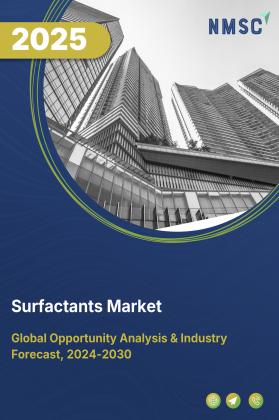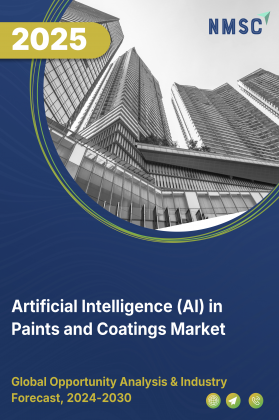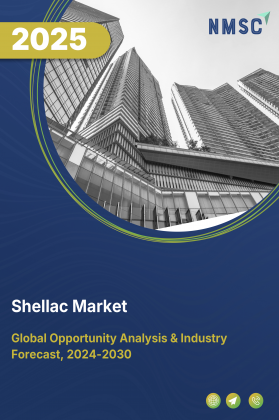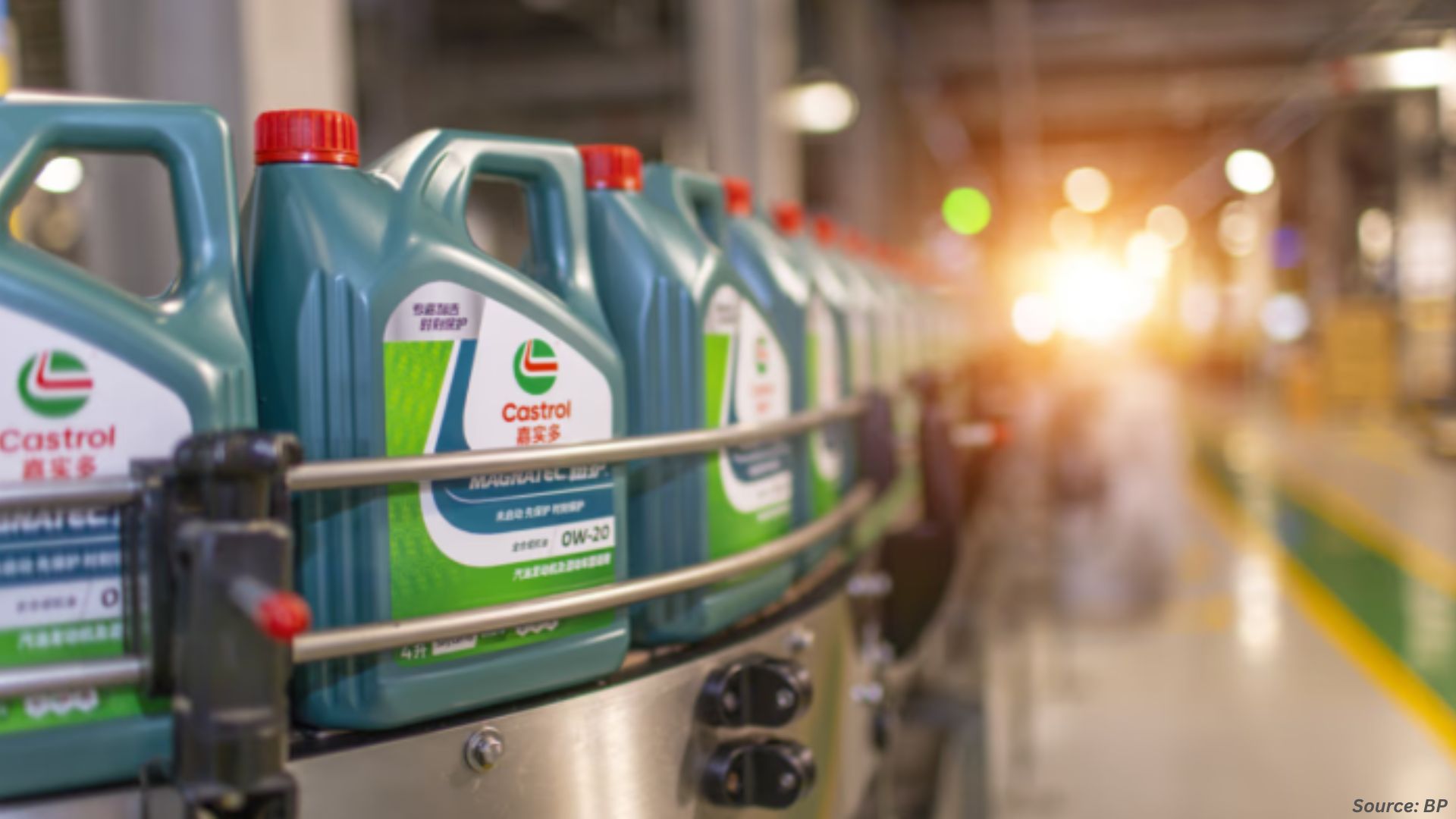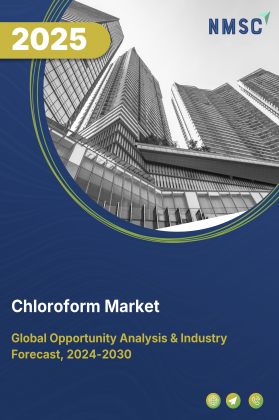
Chloroform Market by Grade (Technical Grade, Alcohol Stabilized Grade, Fluorocarbon Grade, Reagent Grade, Others), by Formulation (Liquid, Gas), by Distribution Channel (Direct Industrial Sales, Distributors, E-commerce, Others), by Application (Solvent, Refrigerant, Intermediate, Others), by End User (Pharmaceutical Industry, Chemical Industry, Agriculture, Electronics, Coatings & Paints, Research & Academics, Others) – Global Opportunity Analysis and Industry Forecast, 2025–2030
Industry Outlook
The global Chloroform Market size was valued at USD 5.90 billion in 2024 and is predicted to reach USD 6.26 billion by the end of 2025. The industry is predicted to reach USD 8.37 billion by 2030 with a CAGR of 6.0% from 2025 to 2030.
The market is witnessing steady growth, driven primarily by its rising applications in pharmaceuticals and chemicals, where it serves as a key solvent for drug synthesis, compound extraction, and specialty chemical production. Expansion of industrial production by major players like Olin Corporation and Yuanlong Chemical ensures a stable supply to meet increasing demand, while technological advancements and product innovations are enhancing purity, safety, and efficiency.
However, stringent environmental and health regulations due to chloroform’s toxic properties pose challenges to the chloroform market expansion. At the same time, the growing emphasis on green and sustainable chemical production presents new opportunities, enabling manufacturers to adopt eco-friendly processes, differentiate products, and tap into emerging markets.
Rising Pharmaceutical and Chemical Applications Drives the Market Growth
The rising pharmaceutical and chemical applications of chloroform are driving the market growth, as it is widely used as a solvent for extracting and purifying compounds, as well as in the synthesis of various drugs and chemicals. Its ability to dissolve a broad range of organic compounds makes it essential in laboratory research, industrial-scale drug manufacturing, and the production of specialty chemicals such as fluoropolymers and refrigerants.
Increasing global demand for pharmaceuticals, along with the expansion of chemical industries in regions like Asia-Pacific and North America, is boosting the need for high-purity chloroform, while ongoing research and development further emphasizes its critical role in these sectors.
Expansion of Industrial Production Fuels Market Growth
The expansion of industrial production is a significant driver of the chloroform market growth, as manufacturers are increasing production capacities to meet rising global demand. Companies like Olin Corporation and Yuanlong Chemical are enhancing their facilities and participating in international trade events to showcase their products, reflecting growing operational scale and market outreach.
Increased industrial production ensures a stable supply of high-purity chloroform for diverse applications, including pharmaceuticals, specialty chemicals, and laboratory use. Additionally, investments in modern production technologies improve efficiency, safety, and environmental compliance, enabling manufacturers to scale operations sustainably and respond to the needs of emerging markets worldwide.
Technological Advancements and Product Innovation Boosts the Market Demand
Technological advancements and product innovation are key drivers of the chloroform market demand, as manufacturers focus on developing high-purity, safer, and more efficient solvents for pharmaceutical, chemical, and laboratory applications. Innovations in production processes enhance yield, reduce impurities, and minimize environmental impact, ensuring compliance with stringent safety and regulatory standards.
Companies are also introducing specialized chloroform grades tailored for analytical, research, and industrial uses, catering to evolving customer needs. These continuous improvements not only strengthen product reliability and performance but also enable manufacturers to differentiate themselves in a competitive market, supporting growth and adoption across global industries.
Stringent Environmental and Health Regulations Limits the Market Growth
A major restraint for the chloroform market is its stringent environmental and health regulations due to the chemical’s toxic and potentially carcinogenic properties. Governments and regulatory bodies across the world have imposed strict limits on the production, handling, storage, and disposal of chloroform to protect workers and the environment.
Compliance with these regulations increases operational costs for manufacturers and limit production capacity, particularly in regions with rigorous safety standards. Additionally, growing awareness of health risks associated with chloroform exposure is prompting industries to seek safer alternative solvents, which further restrain the market growth.
Growing Focus on Green and Sustainable Chemical Production Creates New Growth Opportunities
A promising opportunity for the market is the growing focus on green and sustainable chemical production. As industries increasingly prioritize environmentally friendly and low-emission processes, manufacturers innovate to produce chloroform with reduced environmental impact, such as using safer raw materials or implementing energy-efficient synthesis methods.
Companies that adopt sustainable practices attract environmentally conscious buyers, comply with emerging regulations more easily, and differentiate themselves in the competitive market, opening new avenues for growth and long-term profitability.
Market Segmentations and Scope of the Study
The chloroform market report is segmented by grade, formulation, distribution channel, application, end user and region. Grades include Technical Grade, Alcohol Stabilized Grade, Fluorocarbon Grade, Reagent Grade, and Others, catering to varying purity and performance requirements. Formulations are available as Liquid and Gas, supporting different industrial and laboratory uses. Distribution channels encompass Direct Industrial Sales, Distributors, E-commerce, and Others, reflecting diverse procurement preferences. Applications of chloroform include Solvent, Refrigerant, Intermediate, and Others, highlighting its versatility across industries. Key end users include the Pharmaceutical Industry, Chemical Industry, Agriculture, Electronics, Coatings & Paints, Research & Academics, and Others, demonstrating broad demand across multiple sectors. Geographically, the market spans North America, Europe, Asia-Pacific, and the Rest of the World, reflecting diverse demand across multiple sectors.
Geographical Analysis
A key driver of the chloroform market share in North America is the increasing demand from the pharmaceutical and specialty chemical industries, where chloroform is widely used as a solvent for drug synthesis, compound extraction, and the production of specialty chemicals such as fluoropolymers and refrigerants.
The region’s robust pharmaceutical R&D activities, expansion of chemical manufacturing facilities, and well-established laboratory infrastructure are boosting the need for high-purity chloroform. According to the International Society for Pharmaceutical Engineering (ISPE) in 2025, the North American market is projected to reach $861.67 billion by 2028, highlighting the region’s significant growth potential and the strong demand driving chloroform consumption.
Another significant driver of the market in Europe is the growing emphasis on environmental compliance and green chemistry initiatives. European chemical manufacturers are increasingly adopting sustainable production processes to reduce emissions, minimize waste, and comply with stringent environmental and safety regulations.
This focus on eco-friendly and energy-efficient manufacturing encourages the development of high-purity, low-impact chloroform products suitable for pharmaceutical, specialty chemical, and laboratory applications. As industries prioritize sustainability and regulatory adherence, demand for responsibly produced chloroform rises, supporting market growth and providing European manufacturers with opportunities to differentiate themselves in the competitive global market.
In the Asia-Pacific region, a significant driver of the market is the increasing industrial modernization and adoption of advanced technologies. Manufacturers in countries such as China, India, and South Korea are investing in advanced production technologies to improve efficiency, product quality, and safety standards.
This modernization enables large-scale production of high-purity chloroform to meet the growing demand from pharmaceutical, chemical, and laboratory sectors. Additionally, the region’s expanding industrial base and increasing foreign investment in chemical manufacturing create opportunities for market growth, positioning Asia-Pacific as a key contributor to the global chloroform supply chain.
In the rest of the world (RoW), another important driver of the chloroform market is the increasing emphasis on research and development activities. Countries across Latin America, the Middle East, and Africa are investing in pharmaceutical, chemical, and material science research, which requires high-purity solvents like chloroform for drug synthesis, compound extraction, and analytical applications.
Growing government support for scientific research, expansion of R&D facilities, and collaborations with global chemical manufacturers are further boosting demand, creating opportunities for market growth and positioning these regions as emerging contributors to the global chloroform market supply chain.
Strategic Innovations Adopted by Key Players
Key players in the chloroform industry are actively pursuing product innovation, strategic partnerships, and international expansion to strengthen their global presence and address growing sustainability demands.
-
In June 2025, Yuanlong Chemical participated in major industry events such as CHINACOATINGSSHOW 2024 and ICIF China 2024, showcasing its broader solvent portfolio, including chloroform.
-
In August 2024, Olin Corporation announced the lifting of its systemwide force majeure on chlor-alkali products, including chloroform.
Key Benefits
-
The report provides quantitative analysis and estimations of the industry from 2025 to 2030, which assists in identifying the prevailing chloroform market opportunities.
-
The study comprises a deep-dive analysis of the current and future chloroform market trends to depict prevalent investment pockets in the sector.
-
Information related to key drivers, restraints, and opportunities and their impact on the market is provided in the report.
-
Competitive analysis of the key players, along with their market share is provided in the report.
-
SWOT analysis and Porters Five Forces model is elaborated in the study.
-
Value chain analysis in the market study provides a clear picture of roles of stakeholders.
Chloroform Market Key Segments
By Grade
-
Technical Grade
-
Alcohol Stabilized Grade
-
Fluorocarbon Grade
-
Reagent Grade
-
Others
By Formulation
-
Liquid
-
Gas
By Distribution Channel
-
Direct Industrial Sales
-
Distributors
-
E-commerce
-
Others
By Application
-
Solvent
-
Refrigerant
-
Intermediate
-
Others
By End User
-
Pharmaceutical Industry
-
Chemical Industry
-
Agriculture
-
Electronics
-
Coatings & Paints
-
Research & Academics
-
Others
By Region
-
North America
-
The U.S.
-
Canada
-
Mexico
-
-
Europe
-
The UK
-
Germany
-
France
-
Italy
-
Spain
-
Denmark
-
Netherlands
-
Finland
-
Sweden
-
Norway
-
Russia
-
Rest of Europe
-
-
Asia-Pacific
-
China
-
Japan
-
India
-
South Korea
-
Australia
-
Indonesia
-
Singapore
-
Taiwan
-
Thailand
-
Rest of Asia-Pacific
-
-
RoW
-
Latin America
-
Middle East
-
Africa
-
Key Players
-
Alfa Chemistry
-
AquaPhoenix Scientific
-
Honeywell Riedel-de Haën
-
Occidental Petroleum Corporation
-
Shin-Etsu Chemical Co., Ltd.
-
Olin Chlorinated Organics
-
Yuanlong Chemical
-
Spectrum Chemical Mfg. Corp.
-
Muby Chemicals
-
CDH Fine Chemicals
-
Rocky Mountain Reagents
-
Sultan Healthcare
-
Science Company
-
blau chemie Holger Brügmann e.K.
-
BASF SE
Report Scope and Segmentation
|
Parameters |
Details |
|
Market Size in 2025 |
USD 6.26 Billion |
|
Revenue Forecast in 2030 |
USD 8.37 Billion |
|
Growth Rate |
CAGR of 6.0% from 2025 to 2030 |
|
Analysis Period |
2024–2030 |
|
Base Year Considered |
2024 |
|
Forecast Period |
2025–2030 |
|
Market Size Estimation |
Billion (USD) |
|
Growth Factors |
|
|
Countries Covered |
28 |
|
Companies Profiled |
15 |
|
Market Share |
Available for 10 companies |
|
Customization Scope |
Free customization (equivalent up to 80 working hours of analysts) after purchase. Addition or alteration to country, regional, and segment scope. |
|
Pricing and Purchase Options |
Avail customized purchase options to meet your exact research needs. |

















 Speak to Our Analyst
Speak to Our Analyst



